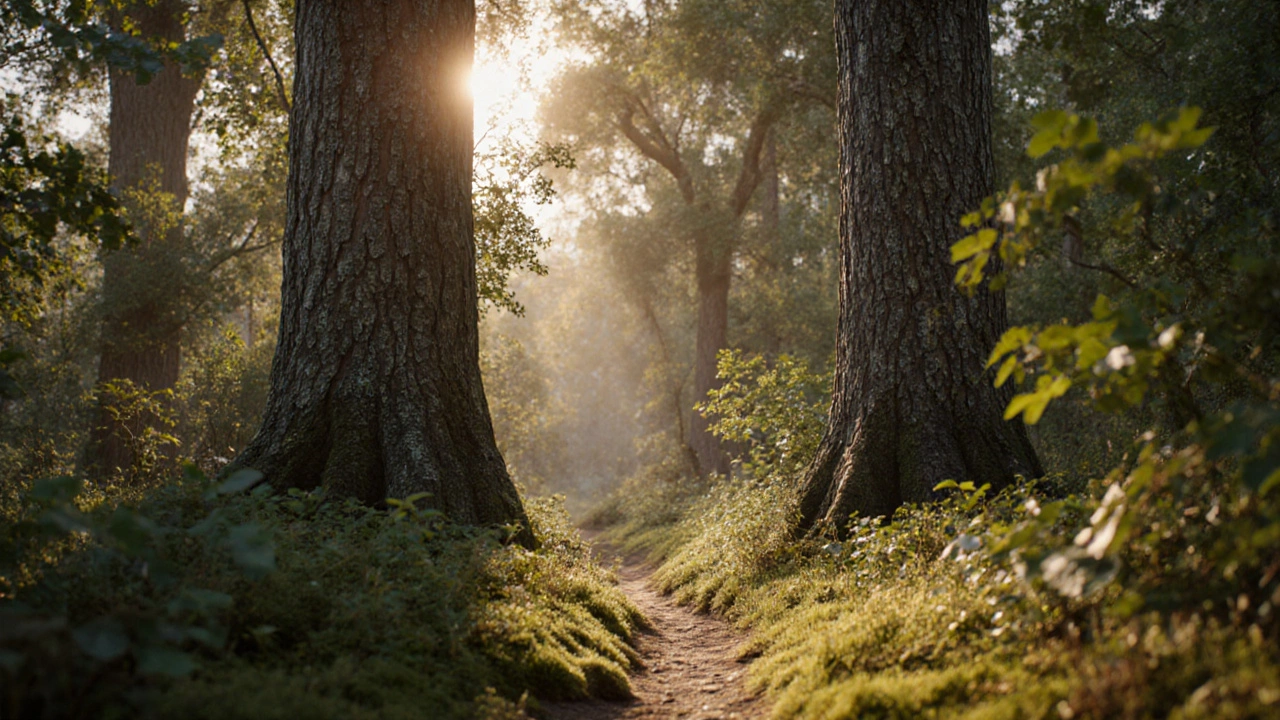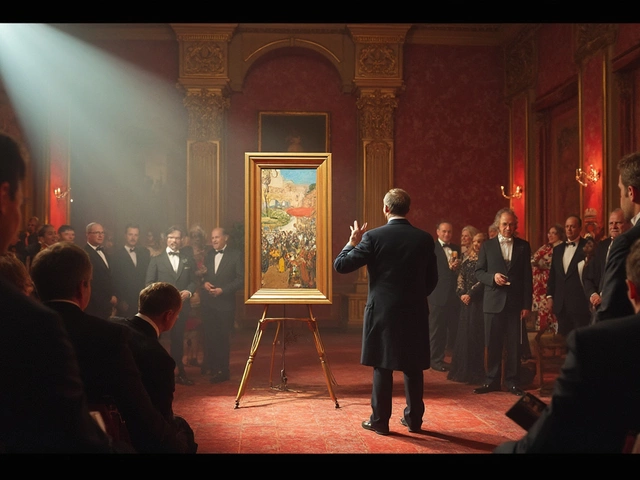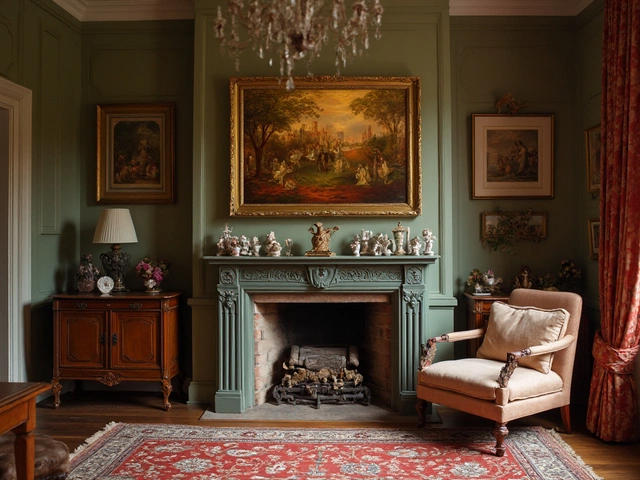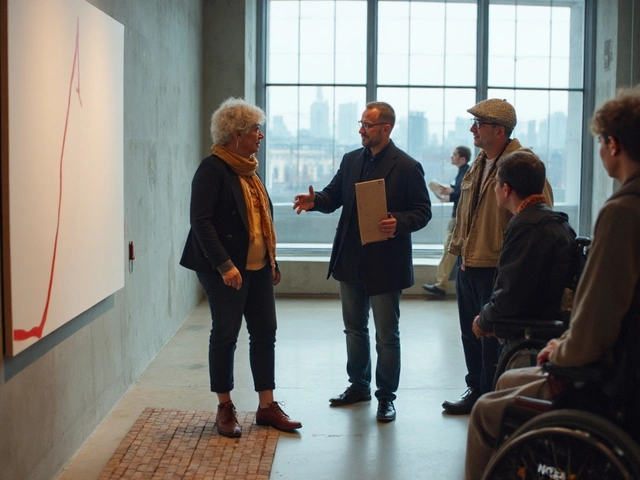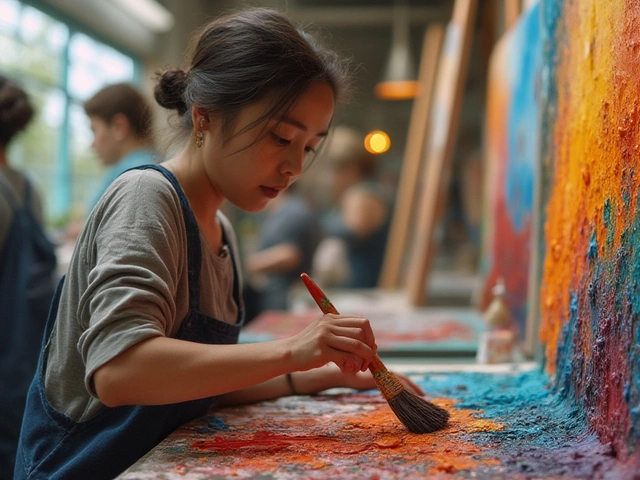Realistic Landscape Painting: Techniques, Tips, and Inspiration
When working with realistic landscape, a style that captures nature with lifelike detail, accurate lighting, and true-to-life colors. Also known as realistic landscape painting, it pushes artists to blend sharp observation with solid technique. Mastering this genre means learning how to render depth, texture, and atmosphere so viewers feel they could step right into the scene. That’s why we’ll break down the tools, methods, and mind‑sets that make a landscape truly realistic.
One of the most common mediums for achieving that depth is oil painting, a slow‑drying medium that lets you blend colors on the canvas and build layers over time. Artists often follow the "slow over fast" rule, applying thicker, slower‑drying layers atop thinner, faster‑drying ones to keep the paint stable. This approach lets you model subtle shifts in sky color or foliage texture without cracking. Oil also handles glazing—a thin, transparent layer that adds luminous depth—making it perfect for realistic landscapes where light plays across hills and water.
Key Techniques for Realistic Landscapes
Going outside and painting directly from nature, known as plein air painting, the practice of creating artwork on location to capture true light and atmosphere, teaches you how light changes in seconds. By setting up your easel on a hillside or by a lake, you train your eye to notice how shadows move and how colors shift with the weather. The quick decisions you make outdoors translate to stronger composition skills when you return to the studio. Plus, plein air work often forces you to simplify complex scenes, a habit that benefits any realistic landscape.
Understanding atmospheric perspective, the technique of using color, value, and clarity to create the illusion of depth in a landscape is essential. Distant objects appear lighter, cooler, and less detailed, while foreground elements are richer and sharper. By mastering this, you can guide the viewer’s eye through the painting, from a crisp foreground tree to a hazy mountain range. Artists often start with a muted underpainting to map out these value shifts, then layer color to reinforce the sense of space.
Many painters also use the grisaille technique, a monochrome underpainting method that establishes tonal values before adding color. Working in shades of gray first helps you nail the light‑dark relationships that define form. When you later apply glazes of oil or acrylic, the underlying values stay intact, so the final colors look three‑dimensional. Grisaille is especially useful for complex scenes like forest floors or rocky cliffs where contrast drives realism.
All these tools—oil’s flexibility, plein‑air observation, atmospheric perspective, and a solid grisaille foundation—work together to create believable, immersive landscapes. Below you’ll find a hand‑picked collection of articles that dive deeper into each of these topics, from pricing your portrait work to the latest art market trends. Whether you’re starting out or polishing your master piece, the insights here will help you bring realism to every hill, river, and sky you paint.
Best Landscape Painting Styles: Which One Suits Your Vision?
Explore the top landscape painting styles-from Realism to Abstract-compare their traits, find the right fit, and get practical tips to master your chosen approach.
Continue Reading